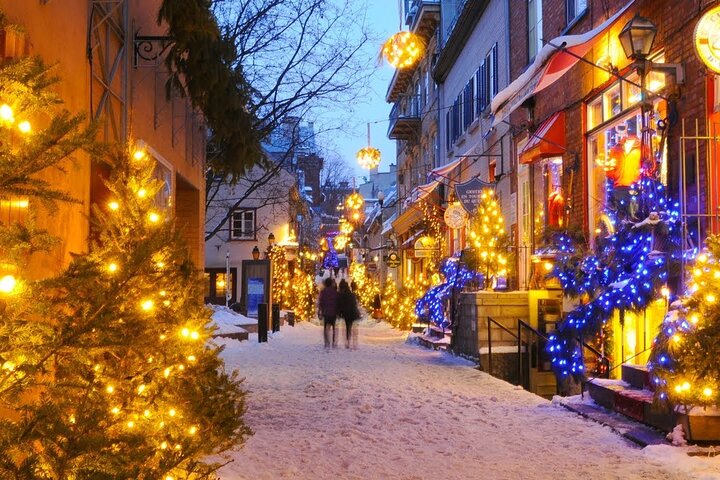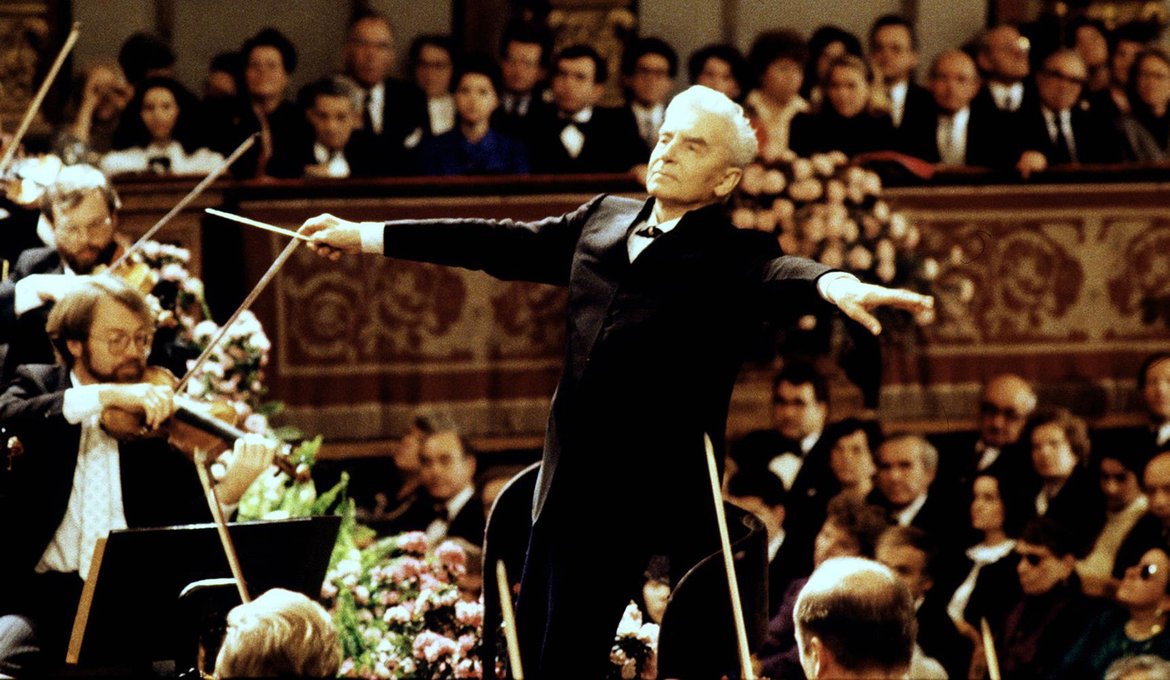In March 2023, 540 years after the artist’s death, the Gemäldegalerie will display almost all of Van der Goes surviving paintings and drawings in one unmissable Hugo van der Goes exhibition in Berlin. If you’ve never heard of van der Goes, or his work, read on to discover the life, career, and troubled history of one of the most significant and influential Flemish painters of all time.
What was Hugo van der Goes known for?
Hugo van der Goes was a 15th-century Flemish painter who is best known for his religious works, which often depicted the passion of Christ and other Biblical scenes. He was a master of his craft and is considered one of the great masters of the early Northern Renaissance; a renowned painter who worked on several large commissions, including altarpieces for churches.
Where did Hugo van der Goes live?
It’s thought that Hugo van der Goes was born in the early 1440s in Ghent, though the exact date is unknown. He spent much of his life in and around Ghent, although he also spent quite a lot of time in several nearby cities, such as Bruges and Brussels.

What type of art is Hugo van der Goes famous for?
If van der Goes was anything, he was bold. His paintings, soon to be admired by all at the Hugo van der Goes exhibition in Berlin’s Gemäldegalerie are quite often marked by their tantalizingly vivid colors and expressive, emotive brush strokes.
Beginning in 1483, the influence of his work, the Portinari Triptych, spread throughout Florence and helped to spur greater use of realism and vibrant colors in Italian Renaissance art.
Hugo van der Goes’ works, such as “The Adoration of the Shepherds” and “The Three Maries at the Tomb,” showcase his skillful use of light, shadow, and color, which he utilized to capture a dynamic range of emotion and spiritual depth. He was also a master of landscape painting and portraiture, as seen in works such as “The Fall of Man” and “Portrait of a Young Man.”

Who else did Hugo van der Goes influence?
His work was influential for generations of painters and was admired to the highest degree by his contemporaries. His style was replicated many times into the 17th century by other noteworthy artists. Jan van Eyck, one of the most significant Northern European painters of the 15th century, took van der Goes’s use of light and shadow and made it his own, creating works that featured the same luminescent quality.
Rogier van der Weyden, on the other hand, took the artist’s work in a different direction, focusing on the use of muted tones and subdued color to create a sense of intimacy in his works.
The influence of the artist’s style was also felt in the works of master painters, such as Rubens and Rembrandt, both of whom were inspired by van der Goes’ use of color, texture, and detail. Giovanni da Milano, a painter, and illuminator from Lombardy was known to have adopted elements of the artist’s style in his own works. including in his own paining, “The Coronation of the Virgin”, which dates back to the early 15th century.
The Dutch Golden Age was heavily influenced by this man, who was so prolific in his arty outpourings that it’s a wonder he ever slept.
As if Hugo van der Goes wasn’t busy enough creating masterpieces for the whole world to admire, he was also a member of the Brotherhood of St. Luke, a religious and social organization of painters, sculptors, illuminators, and other artists. What a guy.
What happened to van der Goes in later life?
The artist’s biography is as mysterious as it gets. The master artist, who worked independently in Ghent from 1467 onwards, threw in the towel in the mid-1470s – no one knows quite why – and walked away from his thriving artistic career to become a lay brother at a monastery near Brussels. He couldn’t keep his creativity at bay for long though. It was here that most of his best-known, and preserved works were born.
It was also here that he was struck by a puzzling mental illness. The once high-flying painter believed he was damned and even tried to commit suicide. Van der Goes became the first “mad genius”, long before an unstable Vincent van Gogh got anywhere close to shaving his ear off with a razor blade. In fact, Van Gogh later admitted that he indeed did identify emotionally with the 15th-century painter.
After his death, Hugo’s reputation suffered greatly – something which we now regard as highly unusual in an artist of his standing. But his struggle with his demons is perhaps just as fascinating as his art.
What can we see at the Hugo van der Goes: Between Pain and Bliss exhibition?

The Gemäldegalerie’s Hugo van der Goes exhibition in Berlin will be a unique opportunity to appreciate the work of a mad genius, up close. Featuring no less than sixty outstanding exhibits, including those on loan from thirty-eight international collections, there’s something to blow everyone’s mind.
Visitors will have the chance to observe twelve paintings, out of the fourteen accepted as van der Goes’ creations, alongside two drawings that are thought to be autographed by the artist himself. The Uffizi triptych and the Trinity Altarpiece (1478-79), at the Scottish National Gallery, were deemed too fragile to travel but they’ll still be on show, as life-sized photos.
Genius on show at The Gemäldegalerie

Two of Van der Goes’ most impressive works of art, the “Monforte Altarpiece” (c. 1470/75) and the “Nativity” (c. 1480), will be showcased at the Gemäldegalerie in Berlin. Therefore, this exhibition promises to be like nothing we’ve seen before. Both paint panels have undergone extensive restoration in the past few years, looking brighter and fresher than ever.
Additionally, the Groeningemuseum in Bruges’ “Death of the Virgin” painting, Van der Goes’ late work, will be showcased in Berlin for the first time since its recent restoration. Having never left Flanders before, this masterpiece is bound to be an exhibition highlight.
You’ll also be able to appreciate several contemporary repetitions and copies, and other works of art that have been influenced by Hugo van der Goes’ style. Both the “Hippolytus Triptych” from the Museum of Fine Arts, Boston, and the famous “Adoration of Christ” by the French painter Jean Hey from the Musée Rolin in Autun will be on show.
Hugo van der Goes. Between Pain and Bliss is curated by Stephan Kemperdick, Curator of Old Dutch and Old German Painting at the Picture Gallery, and Erik Eising, Research Associate at the Picture Gallery.
🌟Hugo van der Goes: Between Pain and Bliss starts on March 31, 2023, at the Gemäldegalerie in Berlin.
From the Jewish Museum to some seriously DARK MATTER, don’t miss adding some more brilliant Berlin attractions to your bucket list. If you’re in town for longer, the best way to see it all is with a Berlin City Card.

